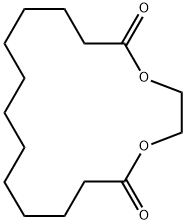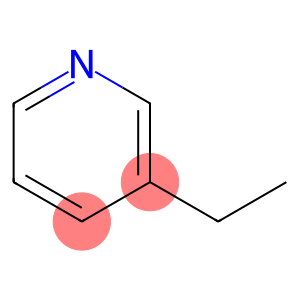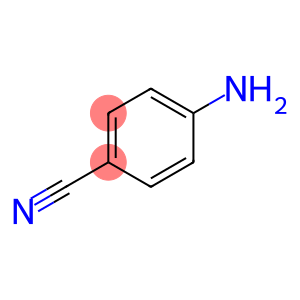p-Tolyl acetate(CAS#140-39-6)
| Hazard Symbols | Xn – Harmful |
| Risk Codes | R22 – Harmful if swallowed R36/37/38 – Irritating to eyes, respiratory system and skin. |
| Safety Description | S26 – In case of contact with eyes, rinse immediately with plenty of water and seek medical advice. S36/37/39 – Wear suitable protective clothing, gloves and eye/face protection. |
| UN IDs | NA 1993 / PGIII |
| WGK Germany | 2 |
| RTECS | AJ7570000 |
| Toxicity | The acute oral LD50 in rats was reported as 1.9 (1.12-3.23) g/kg (Denine, 1973). The acute dermal LD50 in rabbits was reported as 2.1 (1.24-3.57) g/kg (Denine, 1973). |
Introduction
P-cresol acetate, also known as ethoxybenzoate, is an organic compound. The following is an introduction to the properties, uses, preparation methods and safety information of acetic acid p-cresol ester:
Quality:
p-cresol acetate is a colorless liquid with an aromatic odor. The compound is soluble in organic solvents such as ethanol and ethers, but rarely in water.
Use:
p-cresol acetate has a variety of uses in industry. It is a common industrial solvent that can be used in coatings, adhesives, resins, and cleaners. It can also be used as a fixative for fragrances and musks, allowing flavors and perfumes to last longer.
Method:
The preparation of p-cresol acetate can be carried out by transesterification. A common method is to heat and react p-cresol with acetic anhydride in the presence of an acid catalyst to produce p-cresol acetate and acetic acid.
Safety Information:
Acetic acid is toxic and irritating to cresol ester. When using or operating, care should be taken to protect the skin and eyes and avoid direct contact. If ingested or inhaled, seek medical attention immediately. It should be stored in a cool, ventilated and dry place, away from fire and oxidizers, to ensure safe use.








